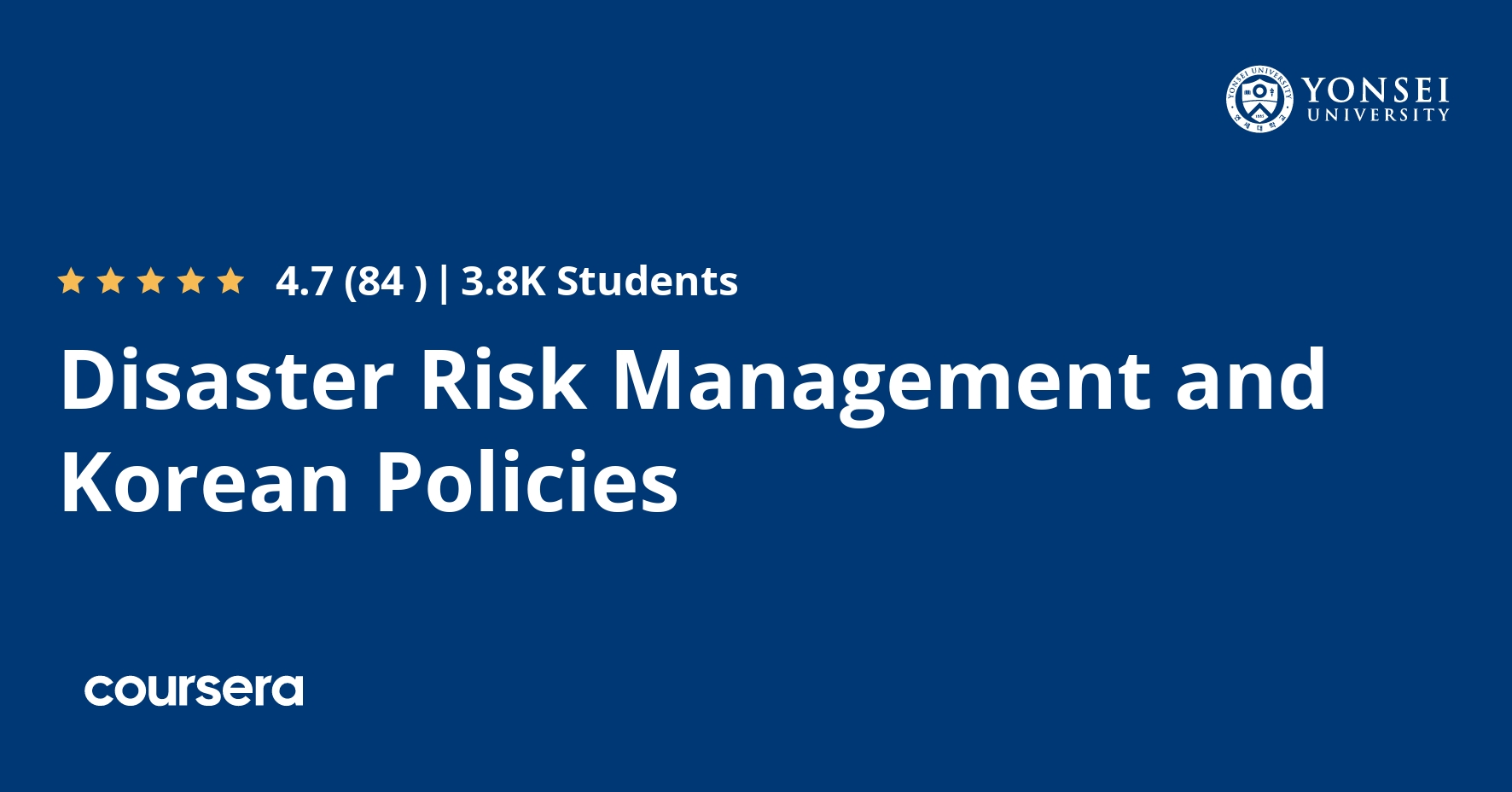Description
In the past, developing countries such as Korea lacked guidelines for exploring effective policies for disaster-resilient growth, resulting in unnecessary sacrifices in terms of time, resources, and human capital. Through the lessons learned by Korea, currently developing countries facing socio-economic development can build disaster resilience without sacrifices.
Utilizing Korea’s sound practices and institutional reforms, this course provides a valuable roadmap to prevent and mitigate the catastrophic effects of disasters. This course also provides insightful inspiration about what are the characteristics and the historical path of major disasters; how major disasters arise and affect policy changes; how science and technology can be used to explore and find solutions to complex tasks; and especially, what nations and institutes need to do reduce disaster risk and mitigate death and economic turmoil in the wake of disasters.
Throught this, students will be able to explain not only what is disaster risk management but also what must be done for a disaster resilent future.
What you will learn
Conceptual framework for disaster risk management
This module introduces concept of disaster.
Disasters in Korea
This module shows major disasters and theories.
Sound DRM policies of Korea
This module explains the major DRM policies of the Korean government in accordance with the disaster management phase.
Science and Technology for Disaster Risk Management
This module explains how geospatial information technology can be utilized for disaster damage estimation.




